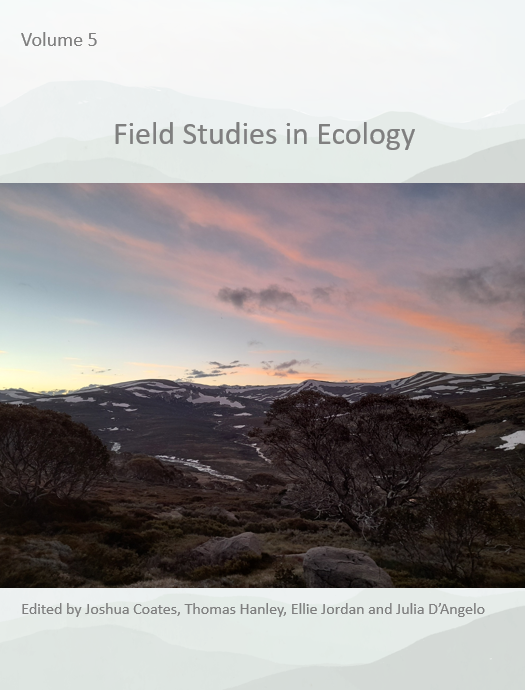Increasing dominance by a native shrub effects plant-pollinator interactions but not pollen transfer
Main Article Content
Keywords
Pollination, Climate change, Alpine, pollen transfer
Abstract
Climate change is causing plant species to shift distributions, especially in alpine environments. These changes could potentially impact plant-pollinator interactions and pollen transfer. This study assessed how Nematolepis ovatifolia (F. Muell.) Paul G. Wilson, a mass flowering shrub in Kosciuszko National Park, New South Wales, Australia, effected the pollination ecology of co-flowering. Visitation surveys in small plots with differing abundances of N. ovatifolia were conducted to construct plant-pollinator networks. A compound light microscope was used to count conspecific (CP) and N. ovatifolia pollen grains on plant stigmas. Bipartite networks and generalized linear mixed models were used to find patterns in the data. There was evidence for N. ovatifolia effecting visitation patterns at high densities. However, N. ovatifolia abundance was found not to significantly effect CP and N. ovatifolia pollen deposition onto the stigmas of other plants. CP deposition was significantly lower in Pimelea alpina F. Muell. ex Meisn. and N. ovatifolia pollen deposition was very low across all species. Visitation was not a good predictor for pollen transfer. Further studies should include more plant species over longer time periods and analyze seed set. These findings demonstrate that the effect of range shifting native plants on plant-pollinator networks may not be analogous to that of invasive species.

